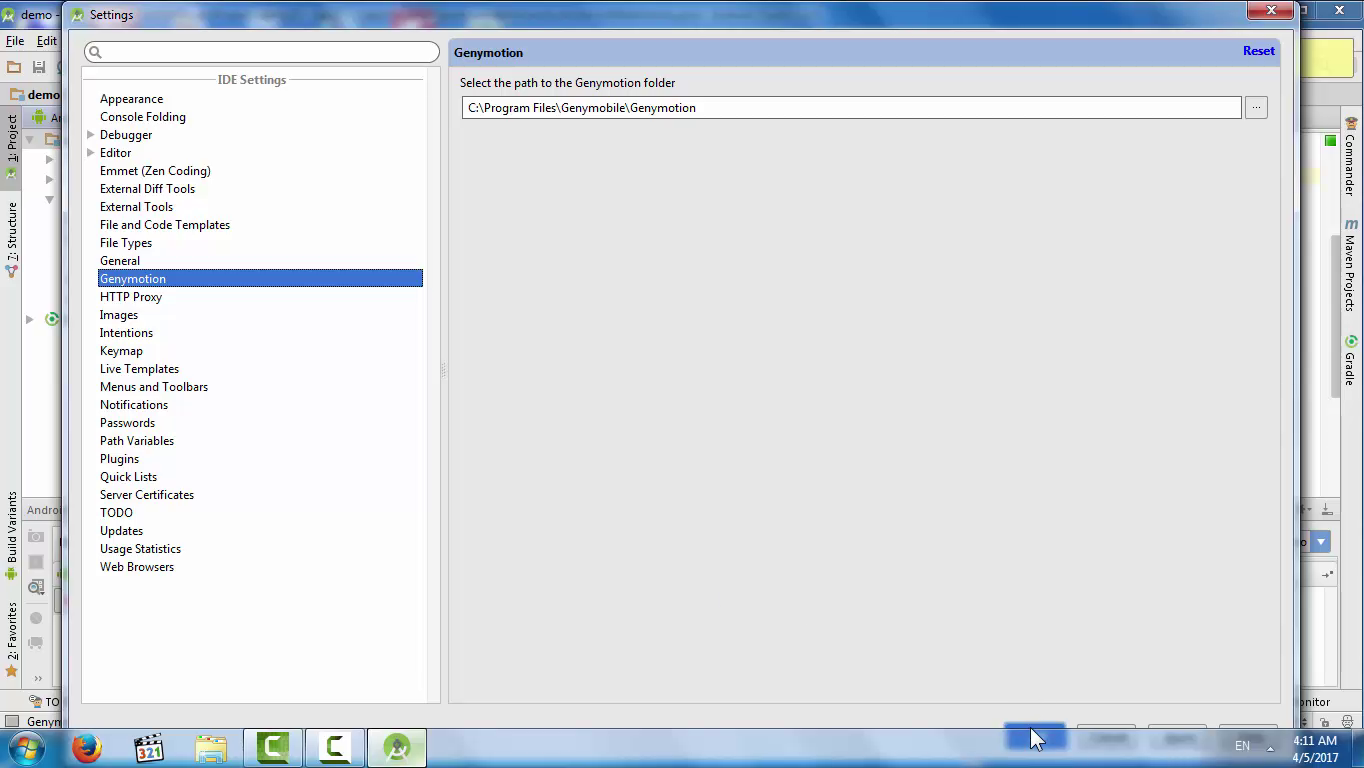

- #TOOLBAR CHANGE SETTINGS ICON ANDROID STUDIO INSTALL#
- #TOOLBAR CHANGE SETTINGS ICON ANDROID STUDIO CODE#
Create an app that includes Settings in the options menu.Customize the Settings Activity template for your own use.Read the settings values changed by the user.Create navigation to the settings activity.


Lesson 3: Testing, Debugging, and Using Support LibrariesĤ.1: Using Keyboards, Input Controls, Alerts, and PickersĤ.2: Using an Options Menu and Radio ButtonsĤ.3: Using the App Bar and Tabs for Navigationĥ.2: Material Design: Lists, Cards, and Colorsĥ.3: Supporting Landscape, Multiple Screen Sizes, and Localizationħ.2: Connect to the Internet with AsyncTask and AsyncTaskLoader
#TOOLBAR CHANGE SETTINGS ICON ANDROID STUDIO INSTALL#
Import .1.1: Install Android Studio and Run Hello World In this example, we try to set the title to display the actual time at the time of running the app. Step 5: Now we change the Toolbar Title or ActionBar title dynamically inside the " MainActivity.java" file. These labels are nothing but Fixed or Static title texts.
#TOOLBAR CHANGE SETTINGS ICON ANDROID STUDIO CODE#
Step 4: Add the below XML code to " AndroidManifest.xml" file. implementation 'androidx.appcompat:appcompat:1.1.0' Notice that we have upgraded our code to be compatible with AndroidX library. Step 3: Add the below dependencies to the " adle" Module-level file. Even if you use .appbar.AppBarLayout or in your App, the code that should be used inside the MainActivity.java is the same. Step 2: Add the below code to the " activity_main.xml" file manually. Step 1: Create a new Android Project using the "Empty Activity" Template. Change Android Title Bar or Toolbar or Action-Bar text Programmaticallyįollow the below steps to create a Toolbar and change its title at runtime. You can also check Android GridLayout with equal-width columns for easy implementation. Let us change the toolbar-text programmatically. Some times, it is necessary to change the title-text dynamically at runtime inside the Java code. We usually keep fixed title names to every Activity. Android Title Bar or ActionBar or Toolbar is the header of any screen in an App.


 0 kommentar(er)
0 kommentar(er)
